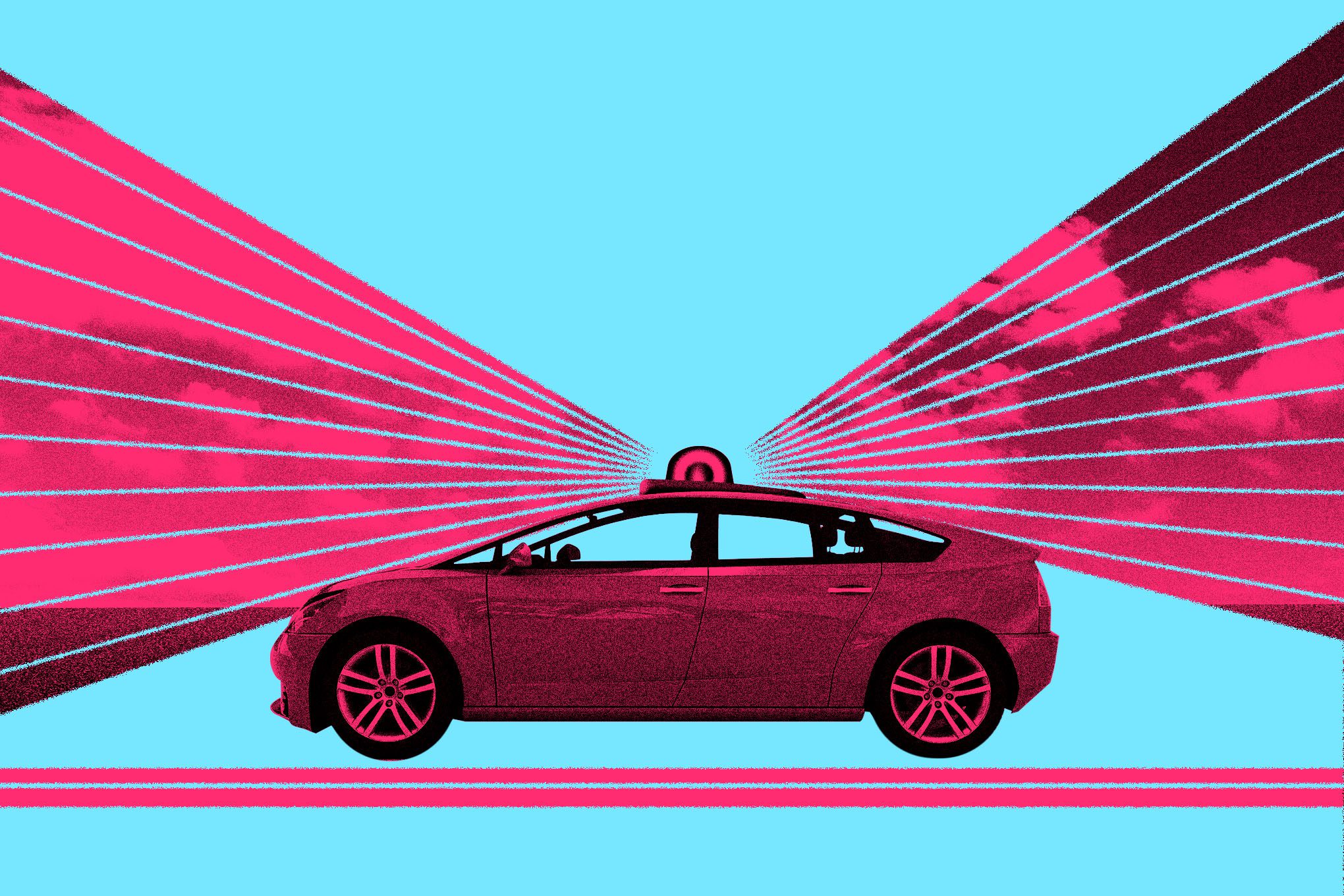
lucid jumps on the privately owned autonomous Lucid Motors has announced its intention to enter the market for “privately owned” autonomous vehicles, leveraging Nvidia’s advanced artificial intelligence technology to power its future offerings.
lucid jumps on the privately owned autonomous
Lucid’s Ambitious Plans for Autonomous Vehicles
Lucid Motors, known for its luxury electric vehicles, is setting its sights on the autonomous vehicle market by planning to sell Level 4 autonomous vehicles directly to consumers. This announcement comes at a time when the automotive industry is increasingly exploring the potential of self-driving technology, despite facing numerous theoretical and logistical challenges.
Nvidia’s Role in Lucid’s Autonomous Future
The backbone of Lucid’s autonomous vehicle strategy will be Nvidia’s Drive AV platform, which the chipmaker describes as a “modular, flexible approach.” This system is designed to empower automakers by allowing them to utilize as much of the technology as they require. The Drive AV platform collects and consolidates data from various sensors, continuously improving through over-the-air software updates. This capability is crucial for ensuring that the vehicles can adapt to new driving conditions and regulatory requirements over time.
Lucid’s forthcoming autonomous vehicles, which are still in the development phase, will be equipped with a comprehensive suite of sensors, including cameras, lidar, and radar. These technologies are essential for achieving Level 4 autonomy, which allows vehicles to operate without human intervention in specific conditions. The brain of these vehicles will consist of two Nvidia Drive AGX Thor computers, running on the chipmaker’s proprietary DriveOS software. This combination of hardware and software aims to create a robust platform for autonomous driving.
Current Offerings and Future Models
At present, Lucid Motors produces two models: the Air sedan and the Gravity SUV. Both vehicles are designed with a focus on luxury and performance, appealing to a niche market of environmentally conscious consumers. The company is also preparing to introduce a third model, a midsized SUV, slated for release in 2026. This new vehicle will come equipped with an array of sensors that will facilitate its transition to Level 4 autonomy.
DreamDrive Pro: The Pathway to Level 4 Autonomy
Lucid is drawing inspiration from Tesla in positioning its current driver-assist system, DreamDrive Pro, as a stepping stone toward achieving Level 4 autonomous driving. DreamDrive Pro offers a range of advanced driver-assistance features, which are expected to evolve into fully autonomous capabilities as the technology matures. This strategy not only keeps existing customers engaged but also sets the stage for future upgrades that could enhance the driving experience.
The Market Landscape for Personally Owned Autonomous Vehicles
The concept of personally owned autonomous vehicles has garnered significant interest from various companies in recent years. Initially, many experts were skeptical about the feasibility of selling fully autonomous vehicles to individual consumers. They argued that the high costs associated with the necessary technology, including sensors and computing power, made it more practical to focus on fleet-owned robotaxis. This approach allows companies to amortize the costs over a larger number of vehicles, making it a more financially viable option.
However, recent advancements in technology have led to a decrease in the costs of essential equipment, such as lidar systems. This shift has reignited discussions about the potential for autonomous vehicles to become affordable enough for the average consumer. While the dream of personally owned autonomous vehicles is becoming more attainable, significant hurdles remain.
Challenges Ahead
Despite the optimism surrounding the development of personally owned autonomous vehicles, several challenges must be addressed before they can become a reality. One of the most pressing concerns is the regulatory landscape. Governments around the world are still grappling with how to legislate and manage the deployment of autonomous vehicles on public roads. The lack of a clear regulatory framework can hinder the progress of companies like Lucid as they seek to bring their products to market.
Moreover, the technology itself is still in its infancy. While companies like Waymo have made significant strides in the robotaxi space, they operate in limited markets and are not yet profitable. The question remains whether personally owned autonomous vehicles can achieve the same level of success without incurring substantial losses for the manufacturers. Lucid’s foray into this market could be a gamble, as the company may face steep financial challenges in the early stages of development.
Implications for the Automotive Industry
Lucid’s announcement is part of a broader trend among automakers to diversify their product offerings in response to changing market conditions. The expiration of the $7,500 EV tax credit has raised concerns about a potential decline in electric vehicle sales. As a result, companies are exploring new avenues to attract consumers and investors alike. General Motors, for example, recently unveiled a series of announcements related to partially autonomous vehicles and home energy solutions, signaling a shift in focus for traditional automakers.
Lucid’s strategy to develop personally owned autonomous vehicles aligns with this trend, as the company seeks to position itself as a leader in the luxury electric vehicle market. By integrating cutting-edge technology and offering advanced features, Lucid aims to differentiate itself from competitors and capture a share of the growing autonomous vehicle market.
Collaboration with Uber
In addition to its plans for personally owned autonomous vehicles, Lucid is also exploring partnerships with ride-hailing services. The company is planning to sell thousands of its vehicles to Uber, which will retrofit them into robotaxis. This collaboration is expected to launch its first service in 2026, further expanding Lucid’s footprint in the autonomous vehicle ecosystem.
This partnership with Uber could provide Lucid with a steady revenue stream and valuable data to refine its autonomous technology. By working with a well-established player in the ride-hailing industry, Lucid can leverage Uber’s experience and infrastructure to accelerate its development timeline.
Conclusion
Lucid Motors’ ambition to sell privately owned autonomous vehicles represents a significant step forward in the evolution of the automotive industry. By leveraging Nvidia’s advanced technology and positioning itself as a luxury electric vehicle manufacturer, Lucid aims to carve out a niche in the competitive landscape of autonomous driving.
While the path to achieving Level 4 autonomy is fraught with challenges, the decreasing costs of essential technology and the growing interest in self-driving vehicles suggest that the dream of personally owned autonomous vehicles may not be as far-fetched as it once seemed. As Lucid navigates this complex landscape, the company’s success will depend on its ability to address regulatory hurdles, technological challenges, and market dynamics.
Source: Original report
Was this helpful?
Last Modified: October 28, 2025 at 11:40 pm
2 views















